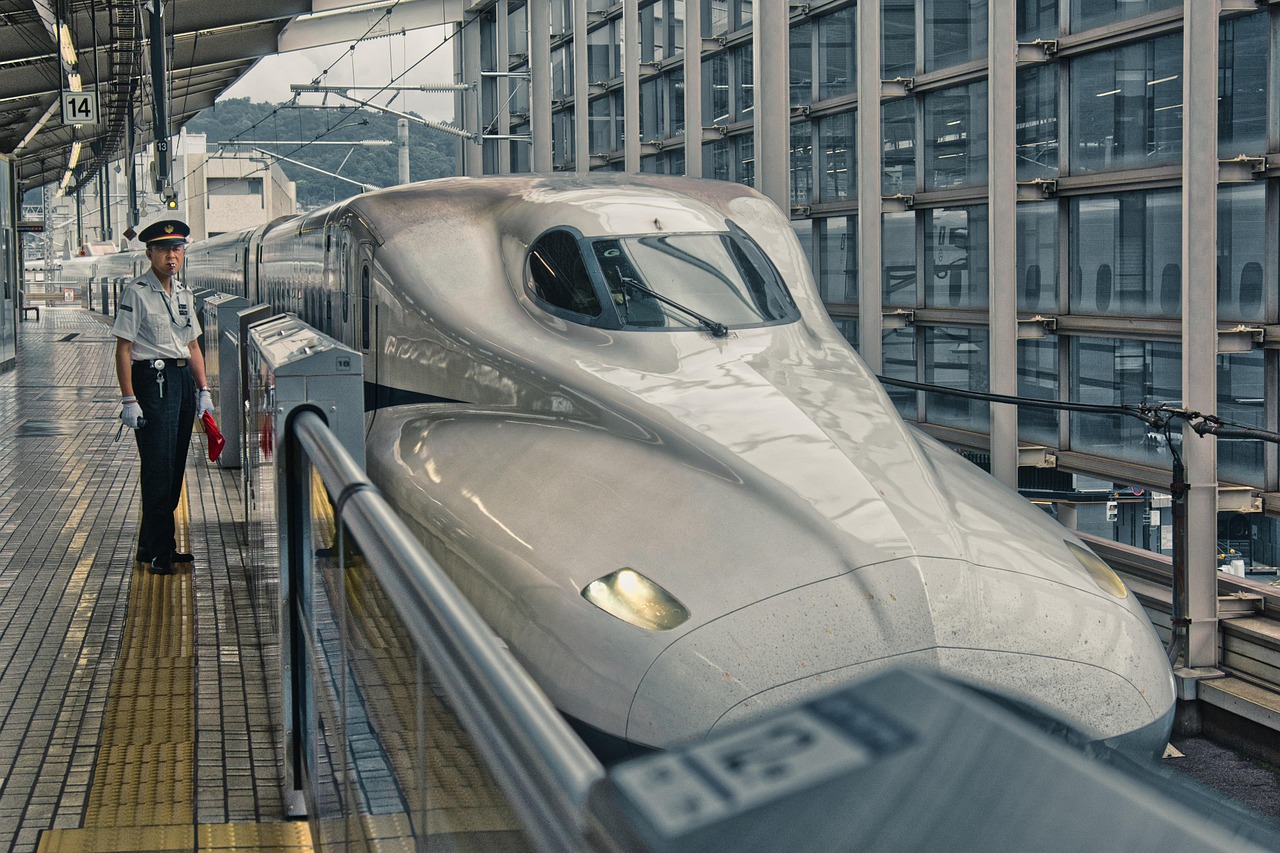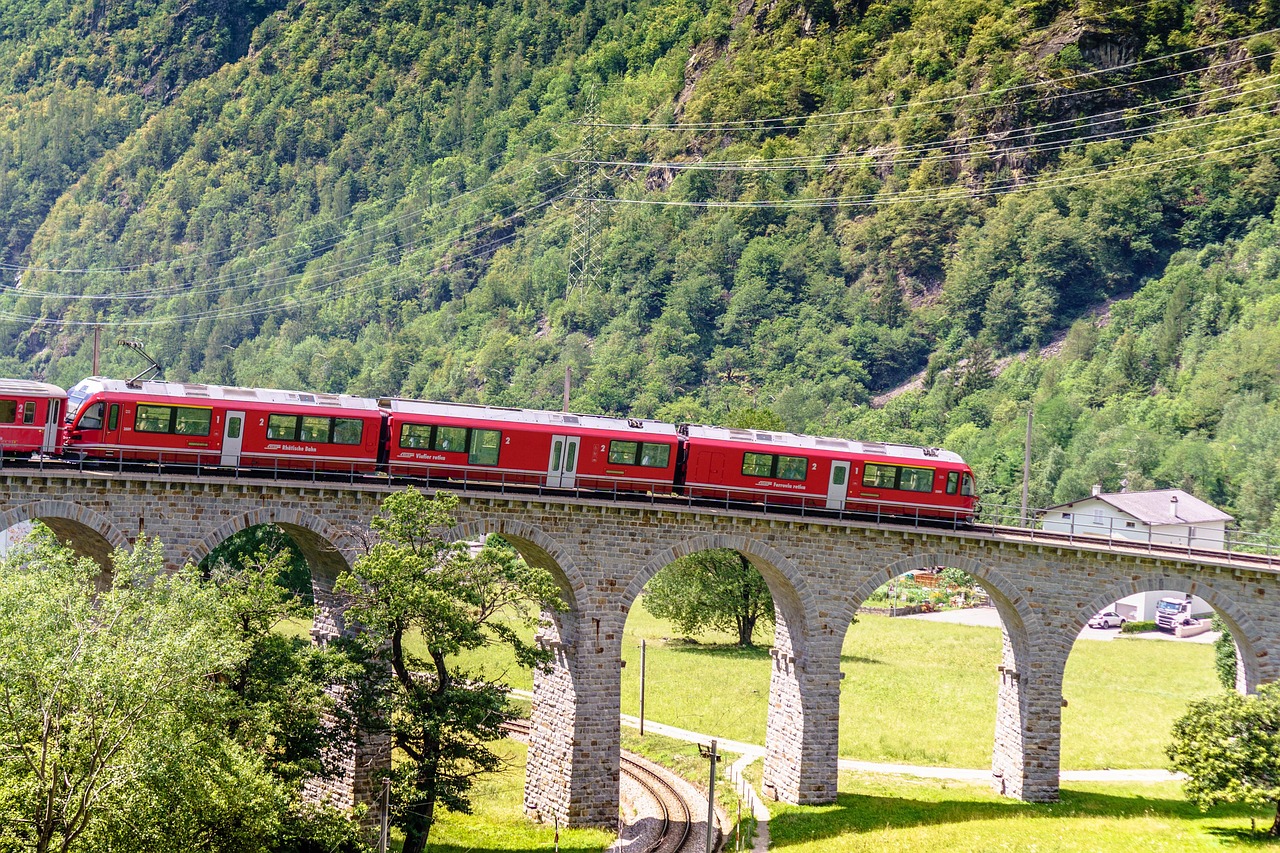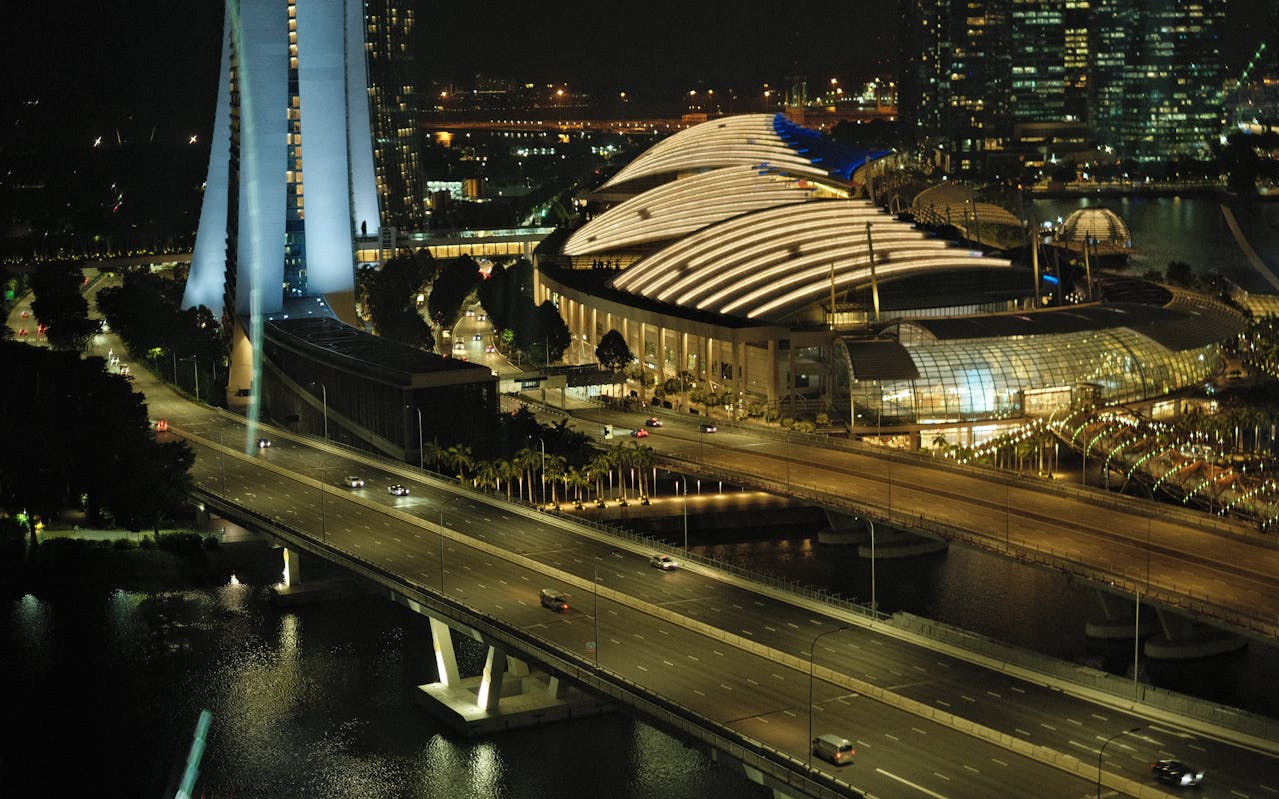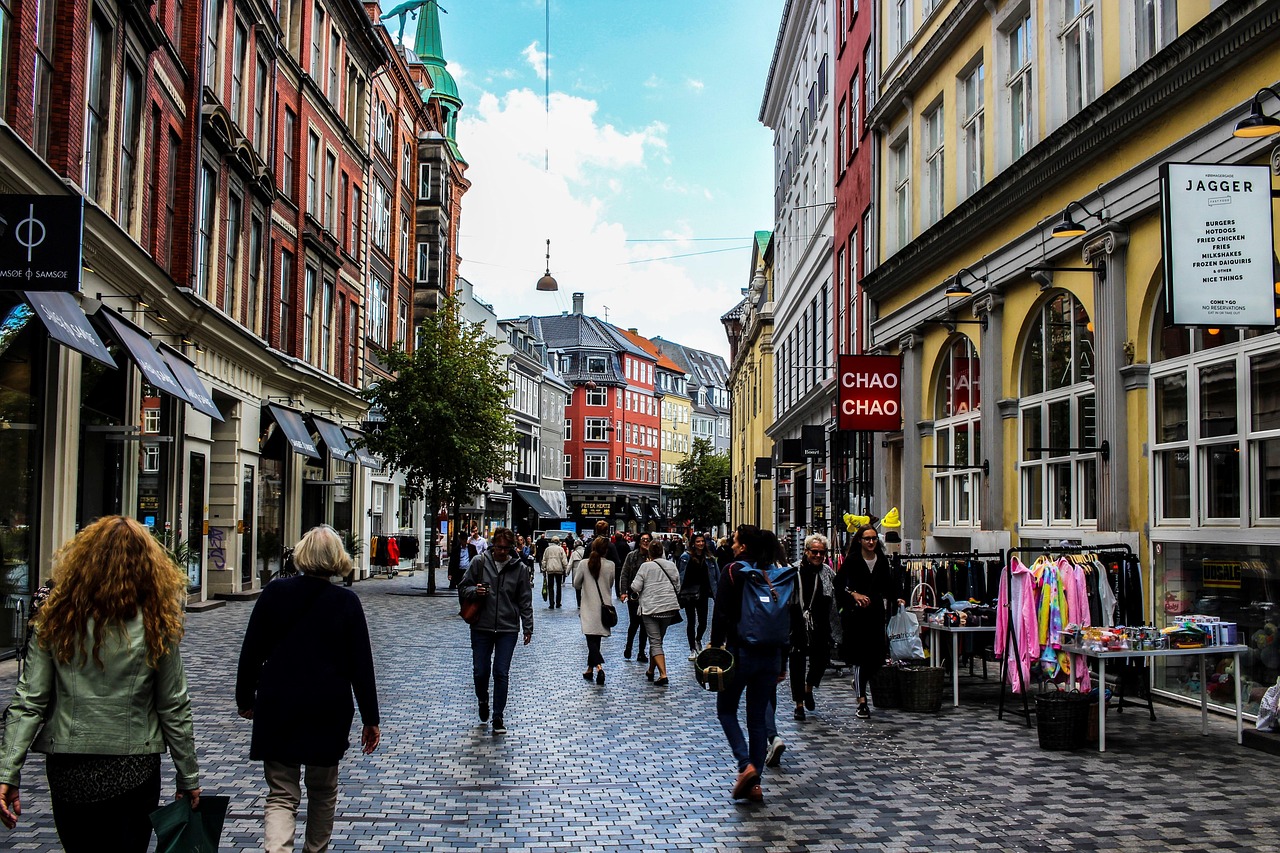I know the U.S. had infrastructure issues. But I really didn’t realize how bad it was until I flew home from Zurich.
Zurich Airport felt sleek. At home, though… crowded, chaotic, and kinda stuck in the past. And that hit me hard.
Why does one of the richest countries in the world have potholes for roads, creaky trains, and airport delays that feel like a given?
Turns out, the American Society of Civil Engineers gave U.S. infrastructure a C- grade. Our bridges got a C!
Aviation got a D+. And there’s a $2.6 trillion funding gap just to fix it all. So I started digging. Who’s actually getting it right?
Here are 15 countries that are leaving the U.S. behind, with smoother roads, faster trains, and airports that actually work.
Contents
The Titans of Transit
Some countries have turned infrastructure into an art form.
Japan, Switzerland, and Singapore lead the pack.
They show what is possible with vision and commitment.
Japan: The Gold Standard of Punctuality
Japan’s infrastructure is a marvel of precision.
Their world-famous Shinkansen bullet train is a cultural icon. It runs at speeds up to 320 km/h.
The average delay is just 1.6 minutes. This includes delays from natural disasters.
Compare that to Amtrak in the US. It often has multi-hour delays.
Tokyo’s airports are just as impressive. Haneda (HND) and Narita (NRT) consistently rank among the world’s top five. They are known for cleanliness and amazing passenger service.
Japan’s roads also rank 5th globally for quality. Their smooth expressways are meticulously maintained.
In Japan, infrastructure reflects a deep cultural value. Punctuality is a sign of respect for others’ time.
This drives the meticulous planning and maintenance of their entire system. It is a core part of their national character.
Switzerland: Seamless Integration in the Alps
Switzerland’s public transport is a model of integration. Trains, buses, and boats work together seamlessly.
They connect not just cities, but remote Alpine regions. You can reach places that cars simply cannot.
Famous scenic routes like the Glacier Express are breathtaking. They make travel an experience in itself.
Zurich Airport (ZRH) is a top European hub, certified as a 4-Star airport for its great facilities. The country also boasts the 3rd best roads in the world.
However, the nation’s design encourages public transport. This is a key difference from the car-centric United States.
The success here comes from the network effect. The system is so reliable and interconnected. More people use it, which justifies more investment.
This creates a powerful synergy that the siloed U.S. system lacks.
Singapore: The Hyper-Efficient City-State
Singapore has the best roads in the world, period.
They use an Electronic Road Pricing (ERP) system. This technology manages congestion proactively.
It keeps traffic flowing at optimal speeds. It’s a smart solution to a common urban problem.
Then there is Changi Airport (SIN). It is legendary. It’s consistently named one of the world’s best airports.
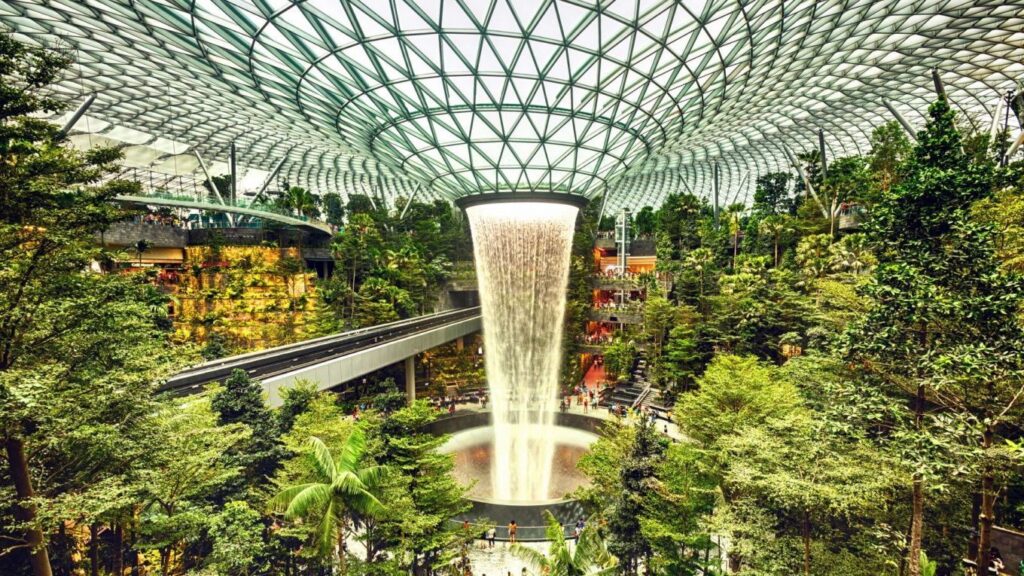
Changi is a destination in itself. It has a massive indoor waterfall, a rooftop pool, and free cinemas. It is a world away from the stressful experience at many U.S. airports.
The Mass Rapid Transit (MRT) is the city’s backbone. It is clean, efficient, and serves over 3.4 million riders daily. Living in Singapore without a car is easy and economical.
Singapore is a masterclass, making it one of the top countries with better roads, airports & trains than the US.
European Powerhouses: A Look at the Countries with the Best Railway Systems
Europe shows what happens when passenger rail is a priority.
High-speed trains connect entire countries. They make short-haul flights unnecessary.
This is a huge contrast to the US, where freight dominates the rails.
The Netherlands has the world’s second-best roads. They pioneer smart technology like glow-in-the-dark road markings.
This is complemented by world-class cycling infrastructure. The country has 35,000 km of separate cycle paths.
Their rail system is ranked 6th globally. Amsterdam Schiphol (AMS) is a major, efficient European hub.
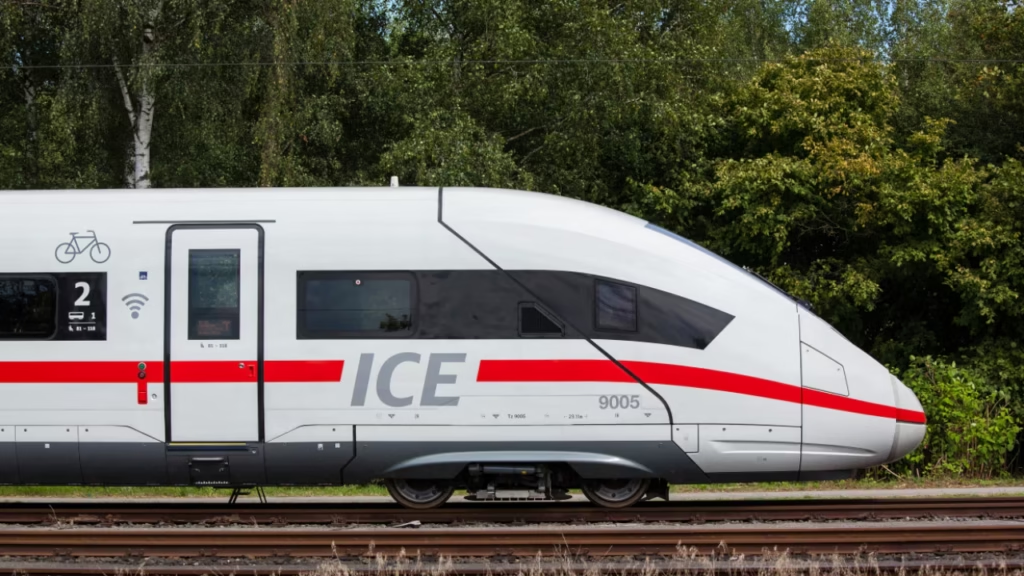
Germany is home to the famous Autobahn. But the “no speed limit” idea is a myth. About 40% of it has speed limits.
The real story is the InterCity Express (ICE) train network. These high-speed trains connect all major German cities at up to 300 km/h.
Frankfurt Airport (FRA) is a huge hub that uses technology to cut wait times.
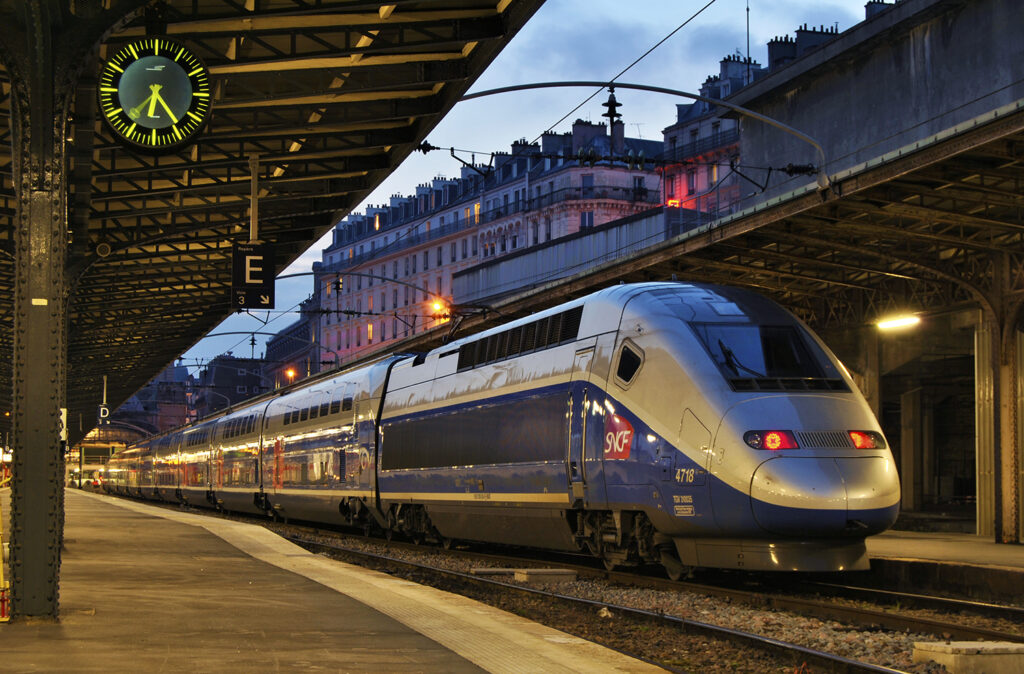
France pioneered modern high-speed rail. The TGV (Train à Grande Vitesse) launched in 1981. It travels at speeds of up to 320 km/h.
Paris Charles de Gaulle (CDG) was voted the Best Airport in Europe in 2024. It is praised for its efficiency and services.
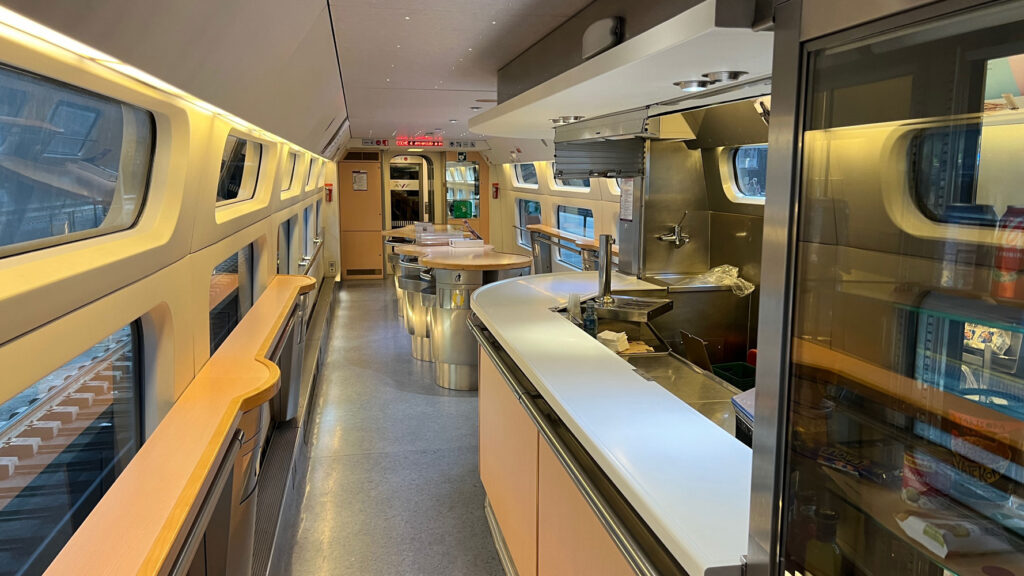
Spain operates Europe’s longest high-speed rail network. The AVE trains cover nearly 4,000 km. A trip from Madrid to Barcelona takes less than three hours.
Madrid-Barajas Airport (MAD) is an architectural wonder. It was designed to be a stress-free, light-filled space.
These countries prove that prioritizing passenger rail creates a virtuous cycle.
Good service attracts riders. This generates revenue and political will for more investment.
This positive feedback loop is missing in America. The poor US infrastructure ranking for rail reflects this reality.
The Nordic Model: Sustainable, Safe, and People-First
The Nordic countries build infrastructure for people. They focus on quality of life, safety, and sustainability.
Denmark is a leader in integrated transport.
Copenhagen is the world’s most bike-friendly capital. It has nearly 400 km of bike paths and “cycle superhighways”.
Its driverless metro system is so good that it won international awards.
Copenhagen Airport (CPH) is one of Europe’s most efficient. It uses design and behavioral science to improve passenger flow.
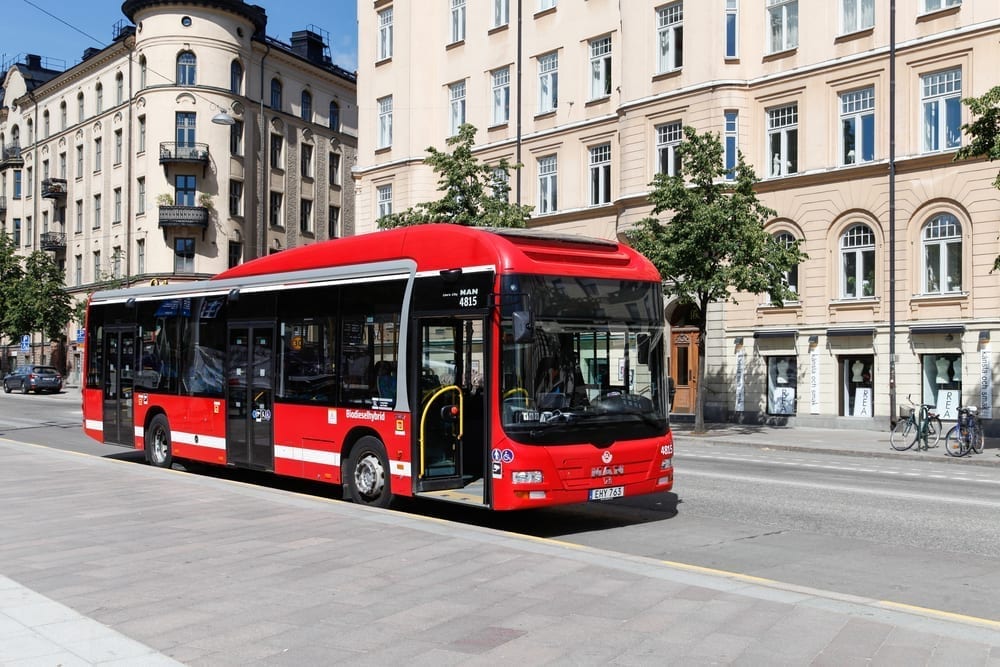
Sweden is known for sustainable public transport. Stockholm has a comprehensive network of metro, buses, and trams. SJ high-speed trains connect major cities at up to 200 km/h.
However, Stockholm’s Arlanda airport gets mixed reviews. Passengers complain about long lines, showing that even top countries have weak spots.
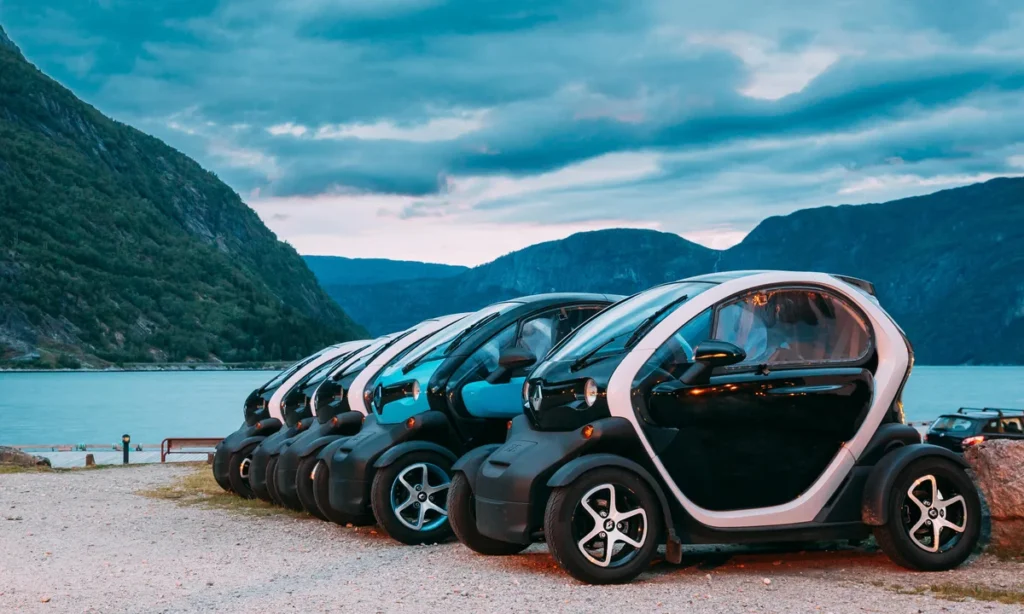
Norway is a global leader in electric vehicle (EV) adoption. EVs make up 28% of all cars. This is thanks to strong government incentives and a robust charging network.
Oslo Airport (OSL) is highly efficient. Nearly 70% of passengers use public transport to get there.
Norway also has 18 official National Scenic Routes. They make driving an aesthetic experience.
Finland’s public transport in Helsinki is excellent. The network of buses, trams, and trains makes car ownership unnecessary.
Helsinki-Vantaa Airport (HEL) is the best in Northern Europe. It is praised for its efficiency and streamlined security.
The Nordic model shows that infrastructure is a tool for public well-being. This is why they are countries with better roads, airports & trains than the US.
Modern Marvels: A Glimpse at the Countries with the Best Roads and More
Some nations are building the future today. They use ambition and technology to leapfrog the competition.
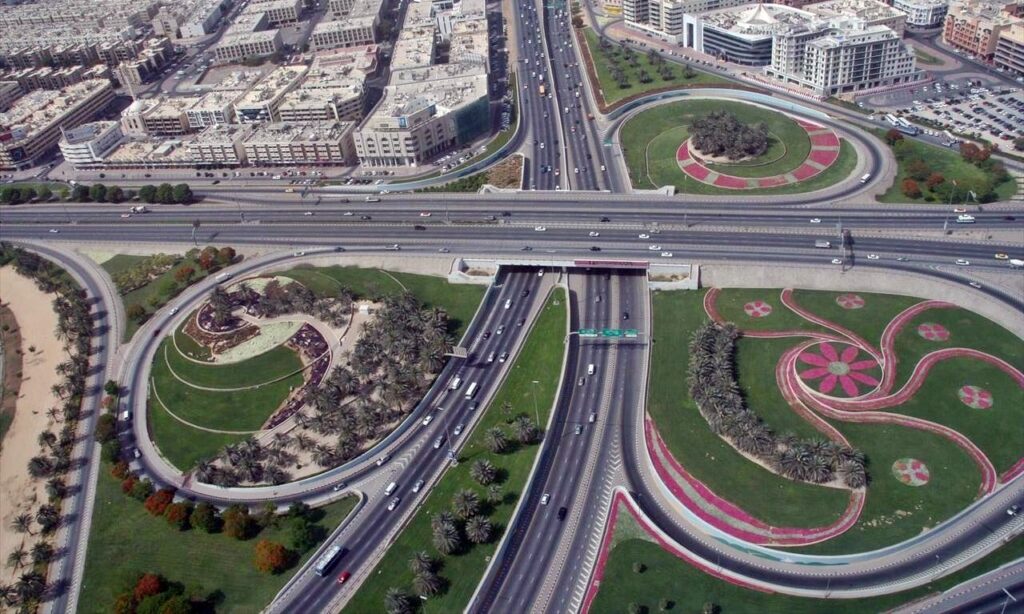
The United Arab Emirates (UAE) is known for spectacular projects. Dubai’s roads are smooth and wide, perfect for supercars.
Dubai International Airport (DXB) is a global mega-hub. It leads in luxury amenities and in-airport spas.
The Dubai Metro is the world’s longest driverless system, a true modern marvel.
Qatar invested over $82 billion in infrastructure for the 2022 World Cup. This transformed the country.
Doha’s Hamad International Airport (DOH) was named the World’s Best Airport in 2024. It is known for its stunning architecture and efficiency.
Targeted investment can create world-class assets quickly, and it shows.
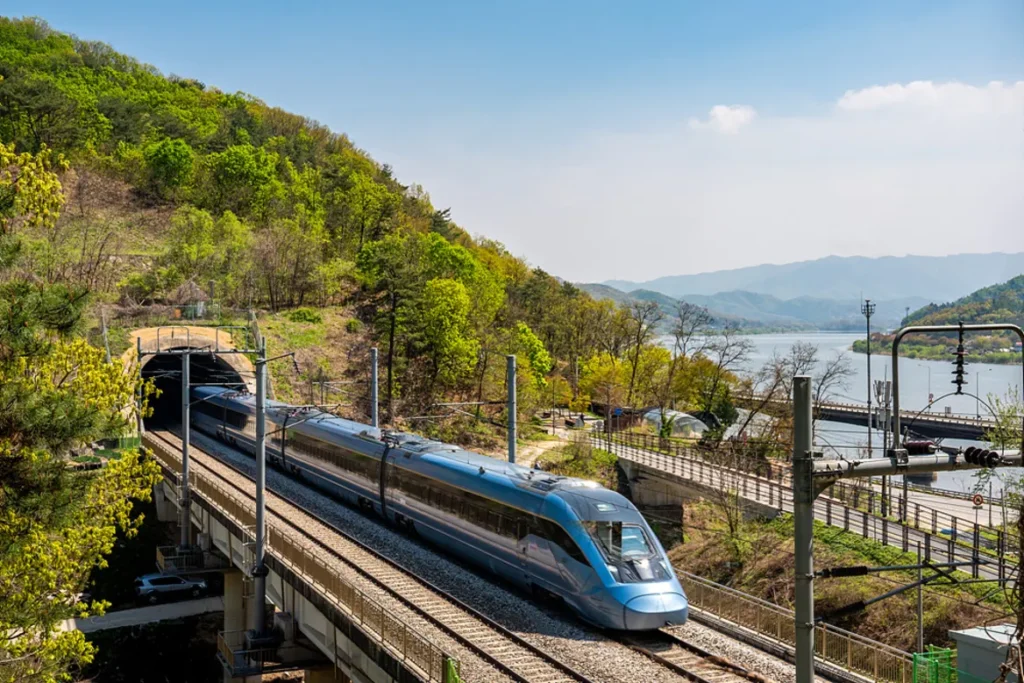
South Korea’s KTX high-speed rail is fast (305 km/h) and efficient. In fact, Seoul’s public transit is among the world’s best. The metro system is vast, clean, and easy to navigate.
Seoul Incheon Airport (ICN) is a top 5 global airport. It was named the world’s most family-friendly.
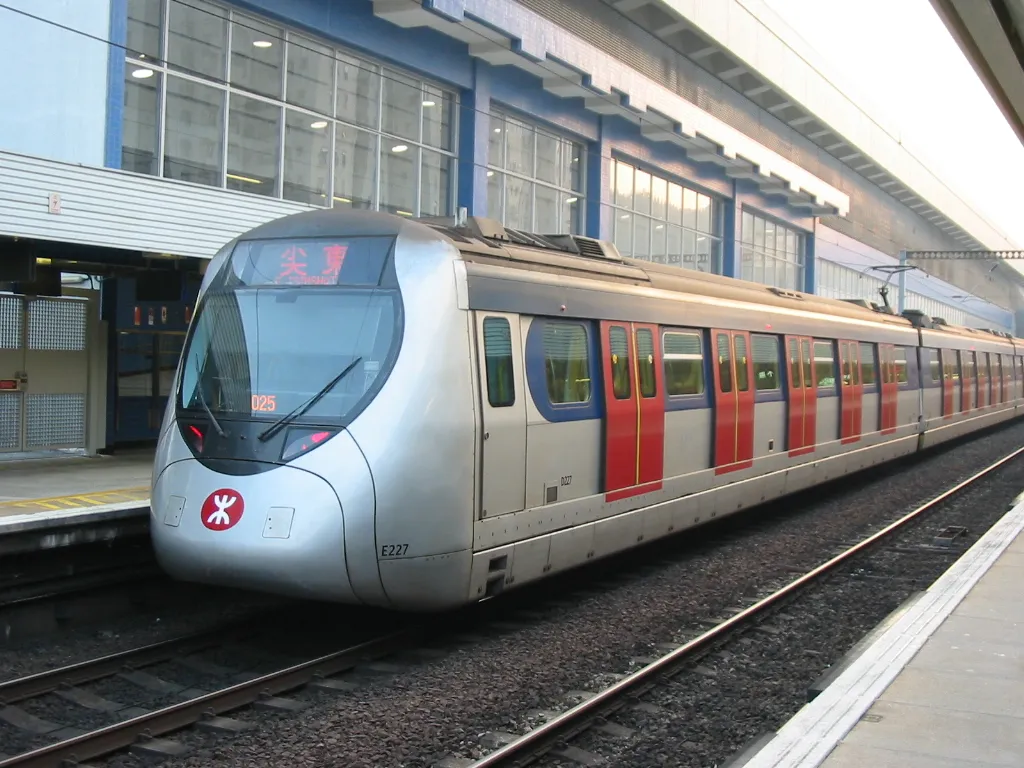
Hong Kong’s MTR system is a model of urban transit. It has a 99.9% on-time rate. It serves over 5.5 million trips daily.
Hong Kong International Airport (HKG) is another top-ranked hub. It is known for its unique passenger experience and art installations.
These nations had an advantage. They did not have aging legacy systems to maintain. They invested in the latest technology from the start. This allowed them to leapfrog older countries.
The US, burdened with old infrastructure, faces a much harder path.
What the U.S. Can Learn
Metric
United States
Japan
Switzerland
Singapore
Netherlands
Road Quality Rank (out of 141)
17th
5th
3rd
1st
2nd
Rail Quality Rank (out of 101)
11th
1st
3rd
5th
6th
Top 10 World Airport (2024 Skytrax)
No
Yes (Haneda, Narita)
No (Zurich is #9 in Europe)
Yes (Changi)
No (Schiphol is a top EU hub)
ASCE Grade (Overall)
C-
N/A
N/A
N/A
N/A
There are many countries with better roads, airports & trains than the US, and their success comes from a few key principles.
They make sustained, strategic investments. They have strong national planning. And they put the passenger experience first.
The U.S. has the ingenuity to rebuild. The challenge is not one of ability, but of will.
This journey from a C- to an A starts with a simple admission.
We must admit there are countries with better infrastructure and be willing to learn from them. Only by studying these global leaders can we find a clear roadmap.
We can build a future where our infrastructure is a source of national pride once again.
